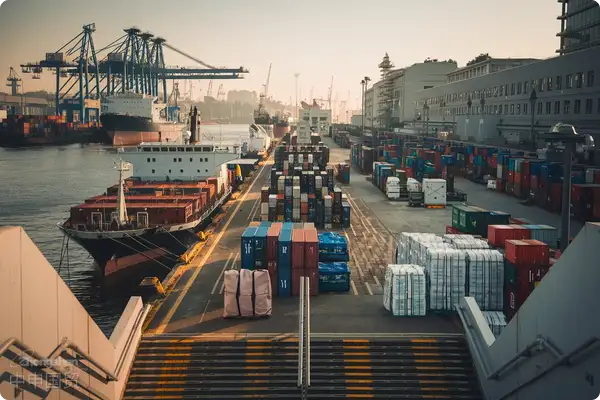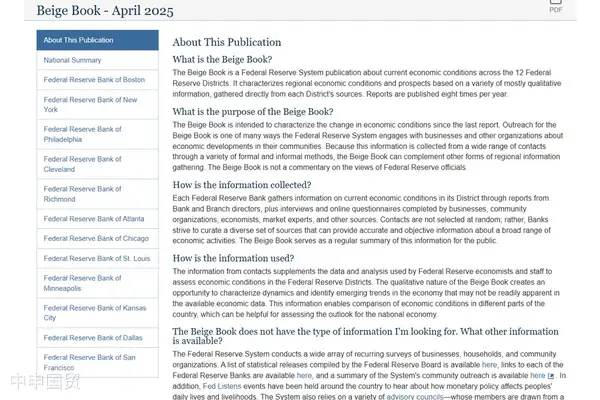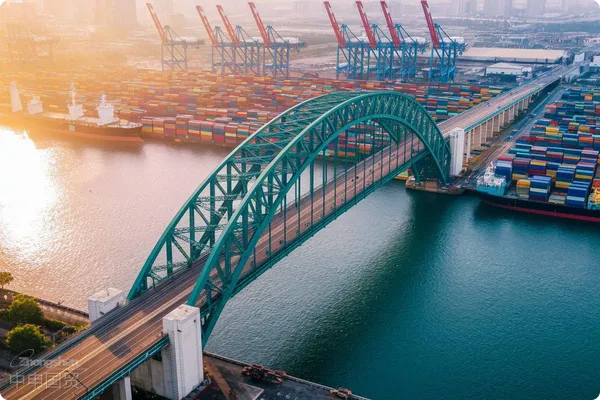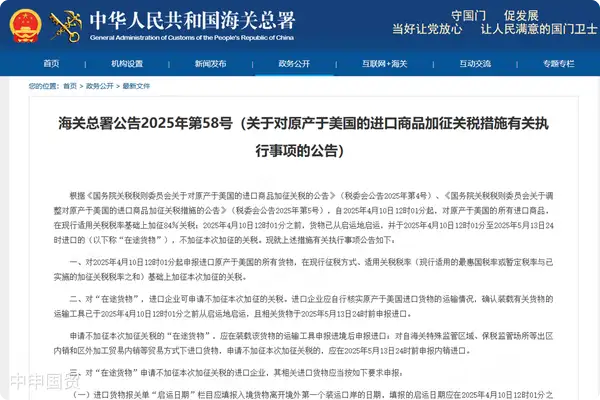- Shanghai Zhongshen International Trade Co., Ltd. - Two decades of trade agency expertise.
- Service Hotline: 139 1787 2118
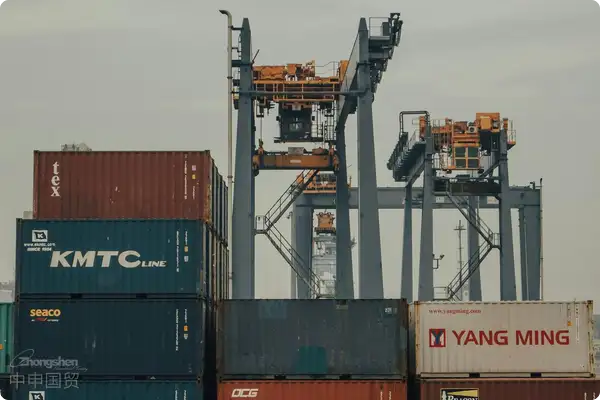
Industry status quo: The superposition effect of policy support and market demand
As of 2024第三季度, the demand for equipment renewal of industrial enterprises above designated size in China increased by 17.2% year - on - year, with imported equipment accounting for 38.6%. The 2025 Action Plan for Facilitating the Clearance of Imported Equipment newly released by the General Administration of Customs clearly states that it will establishDedicated declaration channelandPre - ruling system, and the policy is valid until 20251February 31st. These changes have created new business growth points for agency service providers:
- Semiconductor manufacturingequipment. For example, Indonesia has the SNI certification, Thailand has the TISI certification, and the Philippines has the BPS certification. It is necessary to confirm in advance the equipment voltage (such as 380V/50Hz in Thailand), the compatibility of the CE certification, and the proof of environmentally friendly materials.The tariff is reduced by 5 - 8 percentage points
- Medical EquipmentThe approval cycle of a certain category is shortened to 15 working days
- Transparency of the evaluation standards for used equipment imports
Success factors: The four core capabilities of professional agencies
The case of a Yangtze River Delta agency company causing customer losses due to misreporting of HS codes in 2024 shows that the industry elimination rate has risen to 23%. Enterprises that can truly achieve sustainable profitability must possess:
- Qualification Matrix
- import and exportPower + specific industry license (such as medical device business record)
- AEO (Authorized Economic Operator) Advanced Certification
- Channel network
- Direct procurement channels from overseas equipment manufacturers
- Domestic bonded zone warehousing cooperation resources
- Risk control system
- Customs compliance review mechanism
- Technical parameter compliance pre - inspection system
- Fund operation ability
- L/CFinancing channels
- Application of exchange rate hedging tools
Profit code: Hidden costs and value - added service design
Taking an imported German machine tool project as an example, professional agency companies create excess profits through the following methods:
- Tax planning space
- Save 7.2% of tariffs by using preferential tariff rates of free trade agreements
- Saving cash flow through the operation of VAT credit refund
- Value-added service packages
- Localized service for equipment installation and commissioning
- Bonded warehousing services for spare parts
- Risk premium
- Charges for technical barrier breakthrough services
- Special service fees for expedited customs clearance
Challenges and response strategies in 2025
With the full implementation of RCEP and the advancement of CPTPP negotiations, the industry will face three major challenges:
- Response to policy fluctuations
- Establish a dynamic tracking system for customs policies
- Reserve 5 - 8% of tariff adjustment reserves
- Breakthrough of technical barriers.
- Form a professional certification team
- Establish strategic cooperation with third - party testing institutions
- Upgrade of market competition
- Develop derivative services such as equipment financial leasing
- Establish professional barriers in industry - specific segments
Prediction of industry trends in the next three years
According to the import and export risk monitoring data of the General Administration of Customs, the following areas will become new growth poles:
- Import of used machinery driven by industrial transfer in Southeast Asia
- New energyImport of special equipment in the automotive industry chain
- Import of small precision instruments in the biomedical field
The business structure of a leading agency enterprise in 2024 shows that the above three fields have contributed 42% of the revenue, and it is expected to exceed 55% in 2025. The overall industry profit margin remains in the range of 18 - 25%, but the income differentiation caused by differences in professional capabilities will become more and more obvious.
Related Recommendations
? 2025. All Rights Reserved. Shanghai ICP No. 2023007705-2  PSB Record: Shanghai No.31011502009912
PSB Record: Shanghai No.31011502009912
